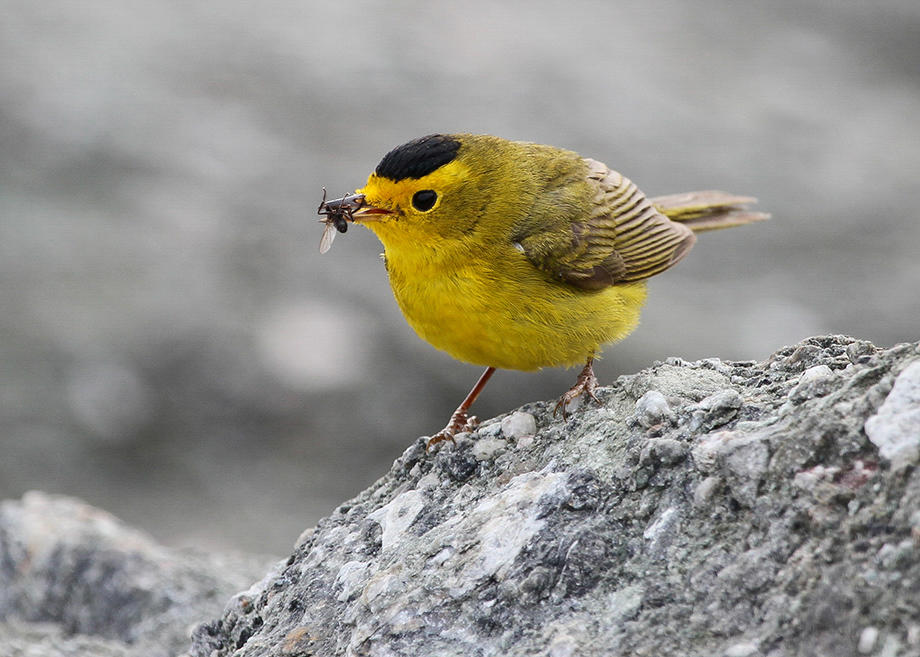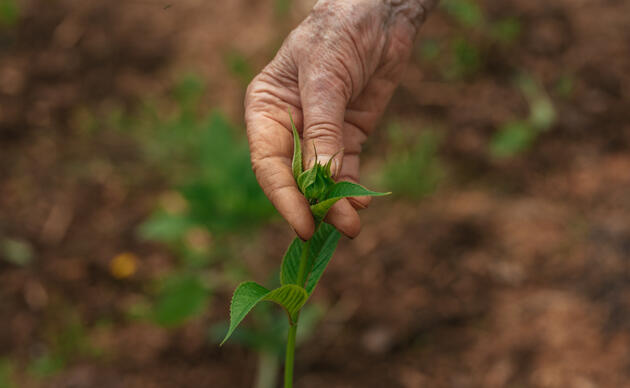
March marks the beginning of spring and Bay Area birders should keep an ear and an eye out for the arrival of spring migrants. One of the first birds to arrive for the breeding season is the Wilson’s warbler. Around mid-March, this small warbler will start to flit around willow thickets and oak trees searching for insects to eat after the journey north from their wintering ground in Central America. These small warblers are entirely yellow underneath with an olive back and can be further recognized by their small, thin bill and black, beady eye. Male Wilson’s warblers sport a dark black cap while the females and immature birds lack the striking feature. Birders must act quickly to catch this active warbler as they are constantly on the move from one branch to the next perching and foraging. Females will lay between 2-7 eggs and may lay up to two broods in a season. Although many Wilson’s warblers build nests in small depressions on the ground, those in coastal California have been known to build nests off of the ground in bushes and shrubs. Wilson’s warblers do not care for feeders so in order to get a glimpse of one from your kitchen window, your best bet is to plant a variety of native plants that host the insects the Wilson’s warbler feast on. Check out Audubon’s Plants for Birds webpage to determine which native plants you should add to your garden to attract your favorite birds!





